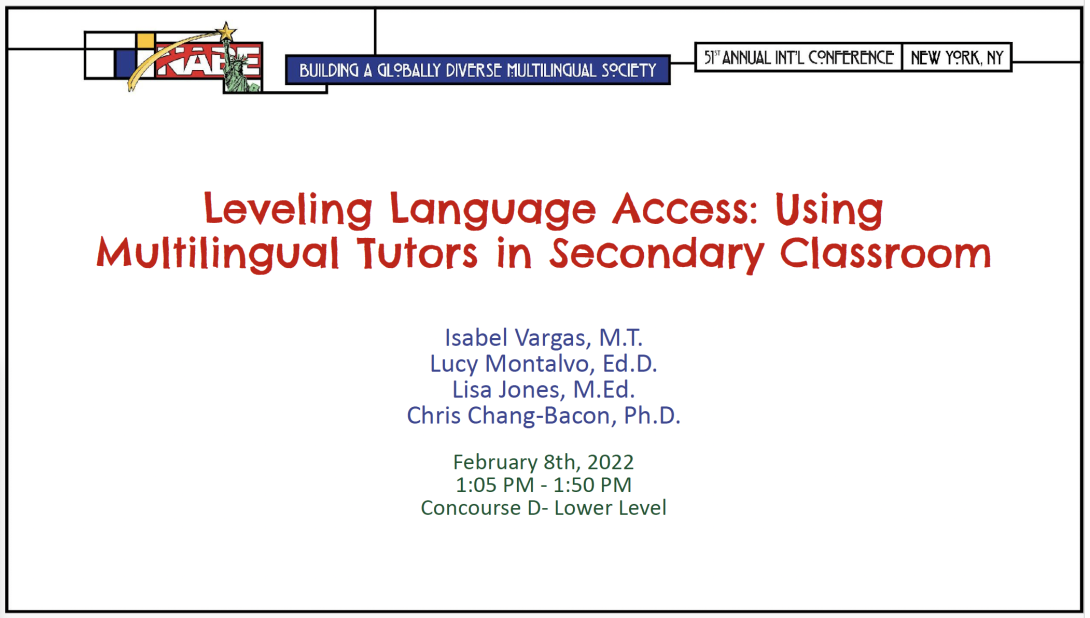
Research consistently documents educational inequalities for emergent bilinguals. Most attempts to reduce these inequalities focus on English-language support. However, recent research has shown that some of these inequalities may be ameliorated in bilingual education or dual language programming, where students have access to content area learning in English, as well as a partner language. The United Nations General Assembly affirmed the principle of language access in its 1992 Declaration on Minorities, affirming that “wherever possible, persons belonging to minorities [should] have adequate opportunities to learn their mother tongue or to have instruction in their mother tongue” (Article 4, Paragraph 3). Language access rights are consistently fulfilled for English-dominant students and statistics bear out the benefit of this access, with English-dominant students consistently scoring above their non-English-dominant peers in nearly every educational metric (NCES, 2020; Sanchez, 2017).
In this presentation, we describe how we address language access disparities in education by implementing a multilingual tutoring program. Our program aims to reduce academic inequalities faced by high school emergent bilingual students in core academic subject areas by training local bilingual university students as tutors in effective multilingual tutoring methods and pairing them with emergent bilingual students. We discuss how by using multilingual mentors, we translate the research on the impact of dual language and bilingual education models for closing educational opportunity gaps into schools that do not have the capacity to implement full-on multilingual education programming.
Citation:
Vargas, O.I., Montalvo, L., Chang-Bacon, C. (2022, February 8). Leveling language access: Using multilingual tutors in a secondary classroom [Conference presentation]. NABE 2022 Conference, New York, NY, United States.